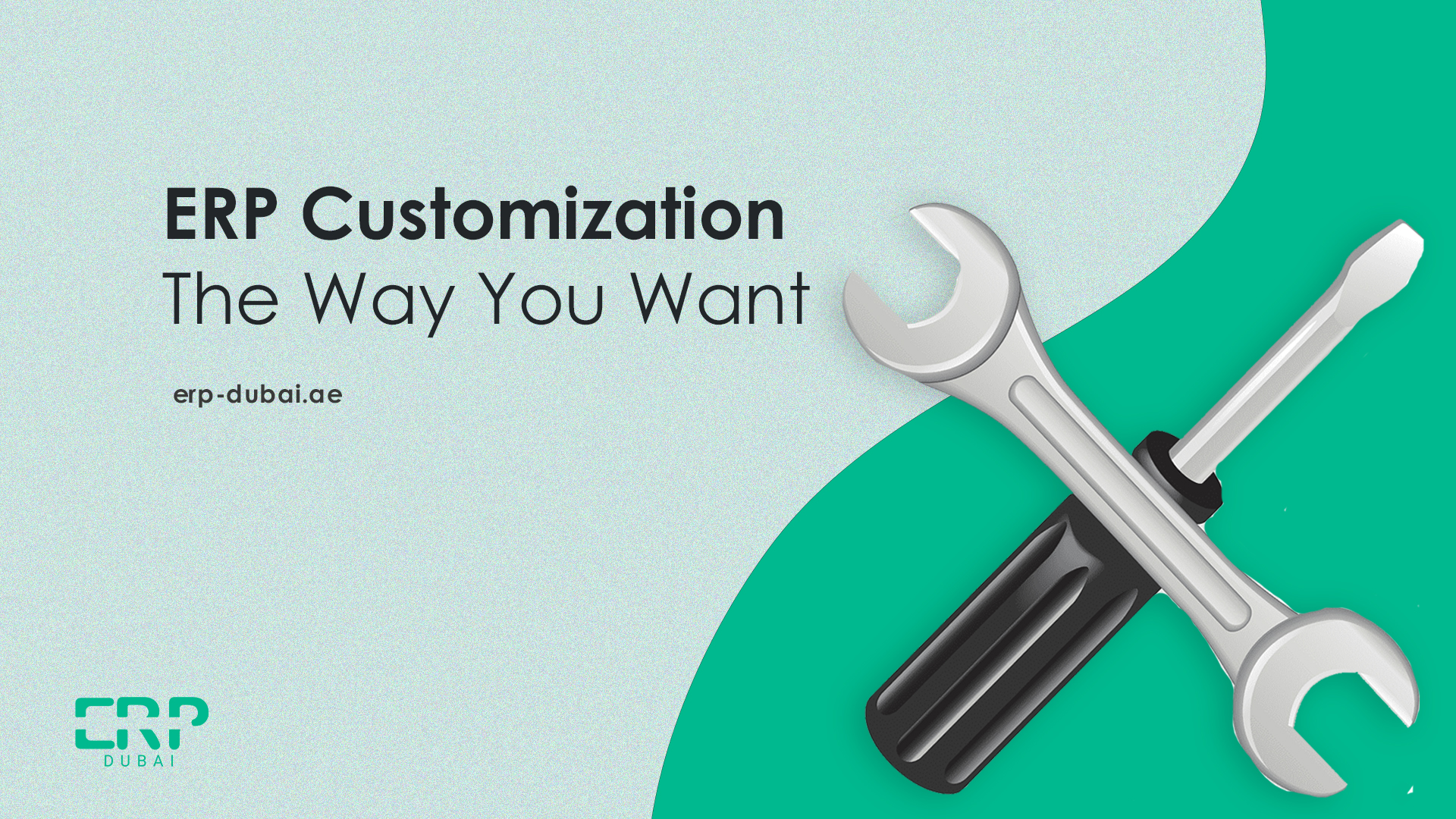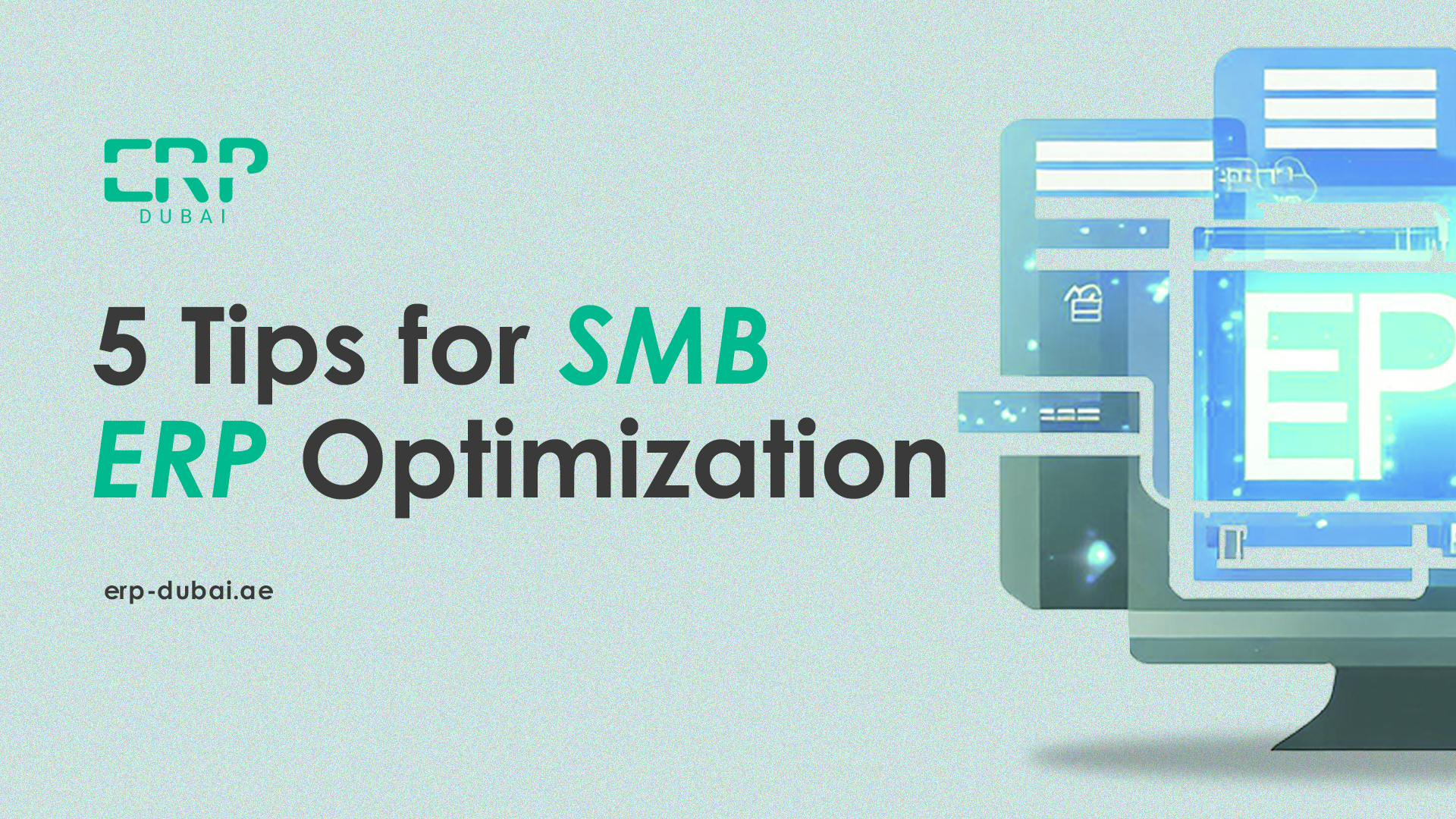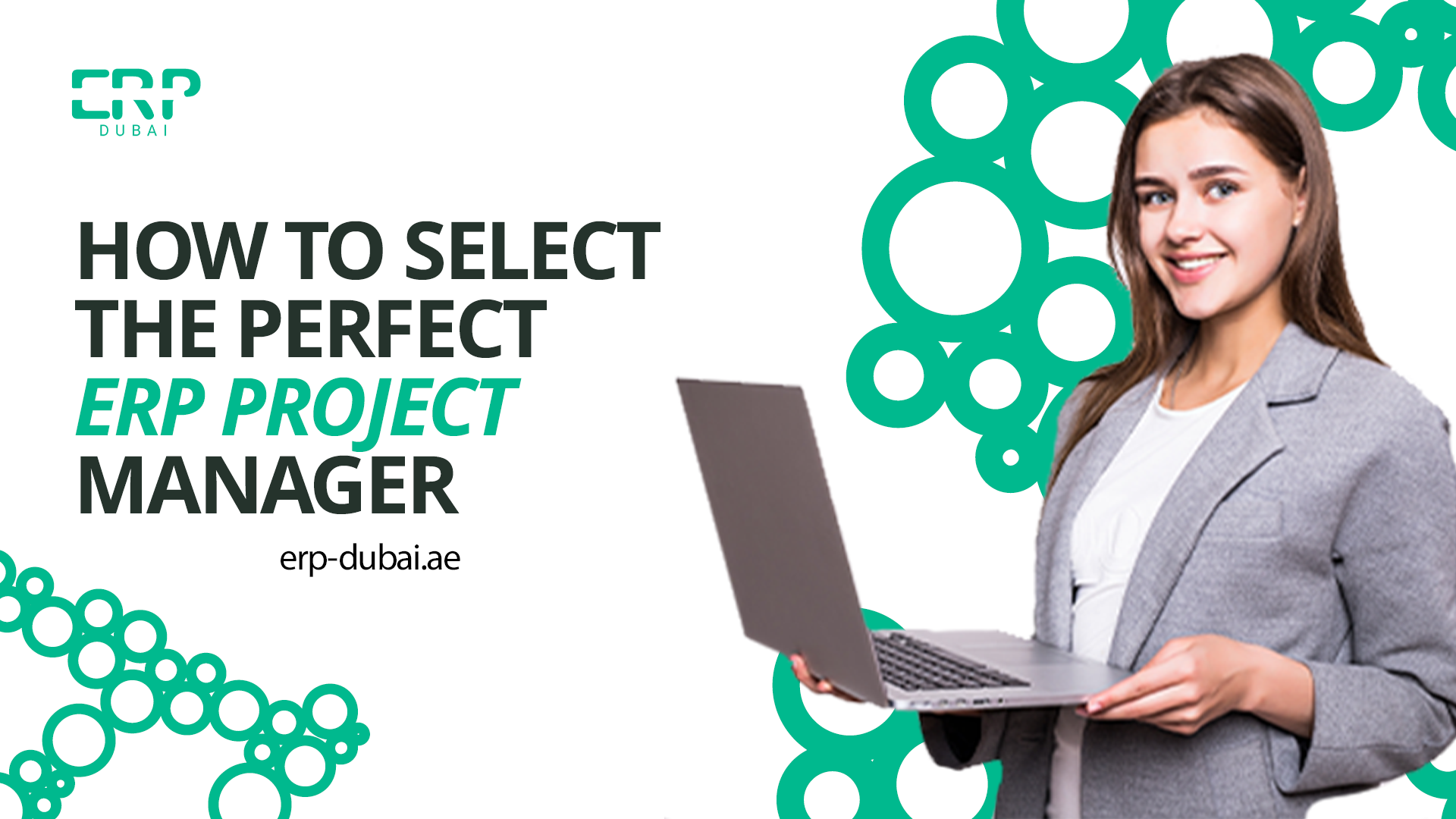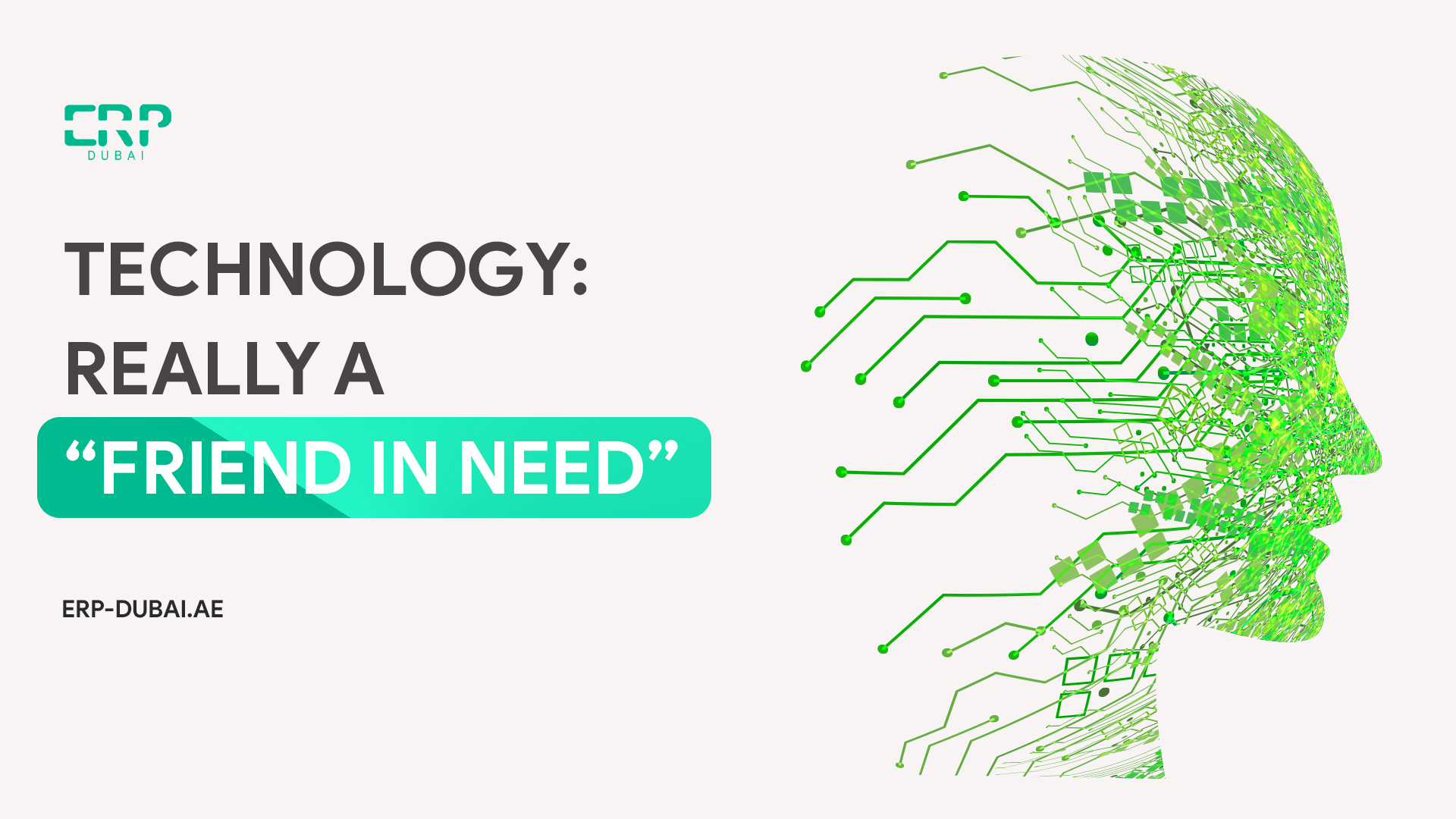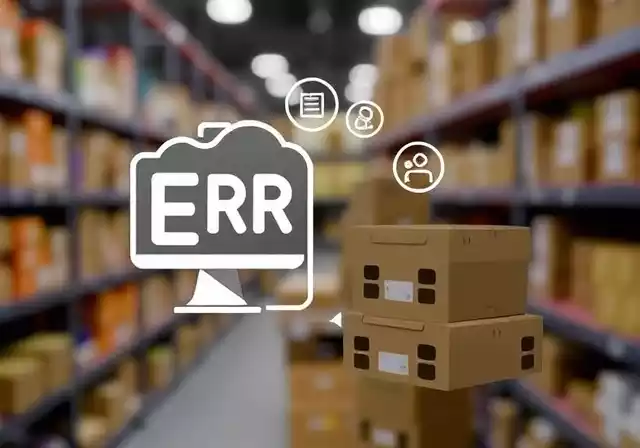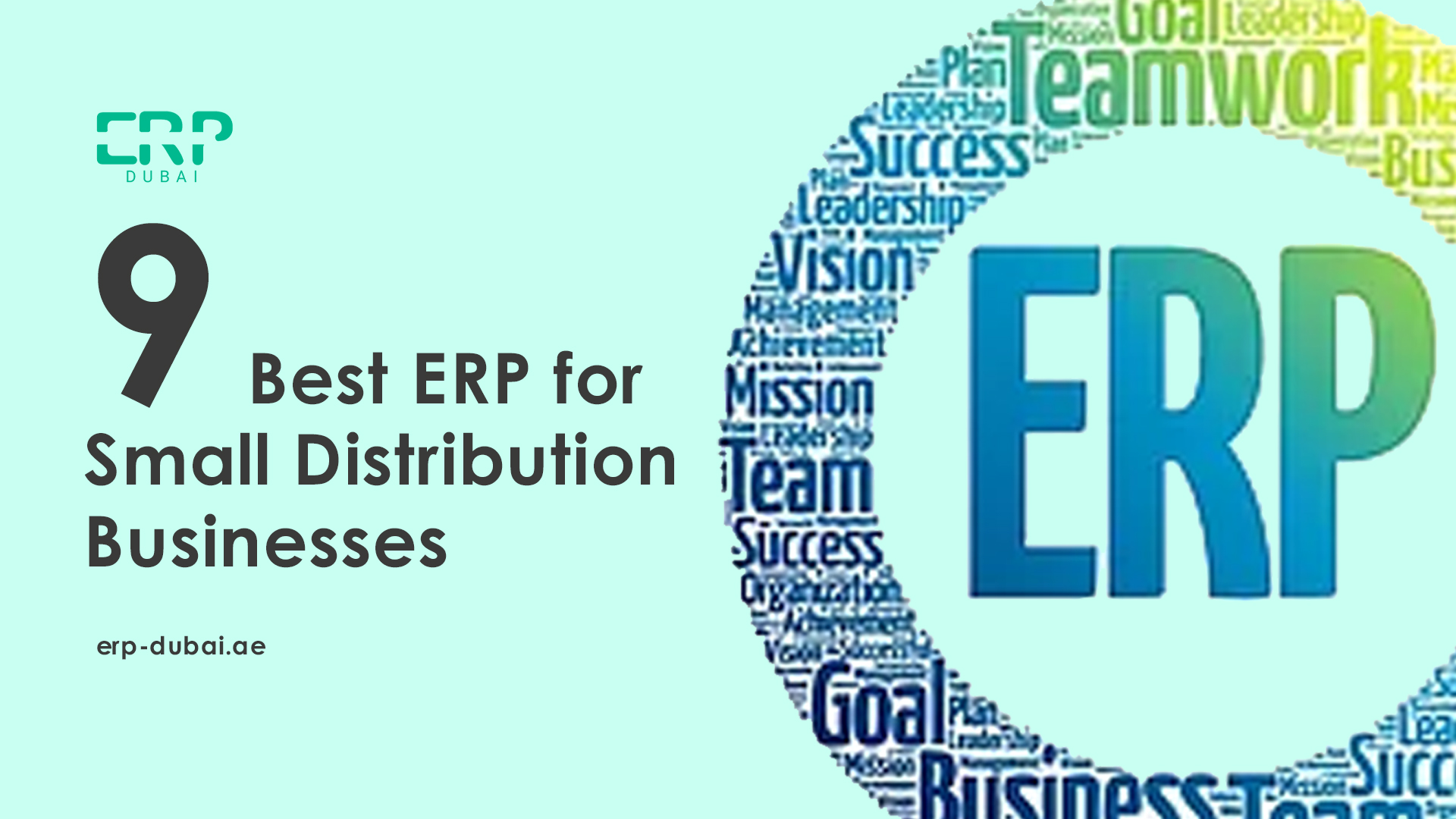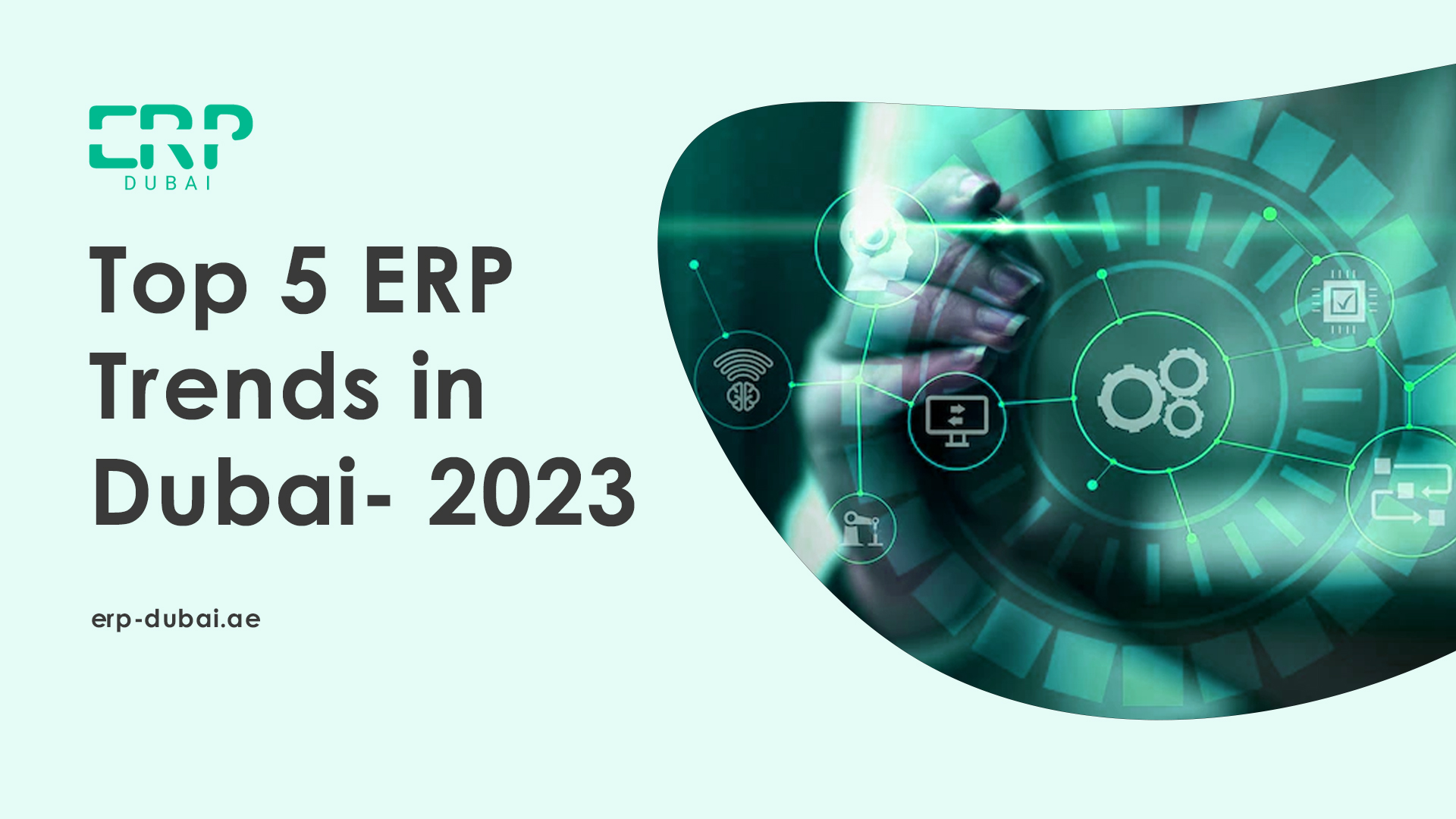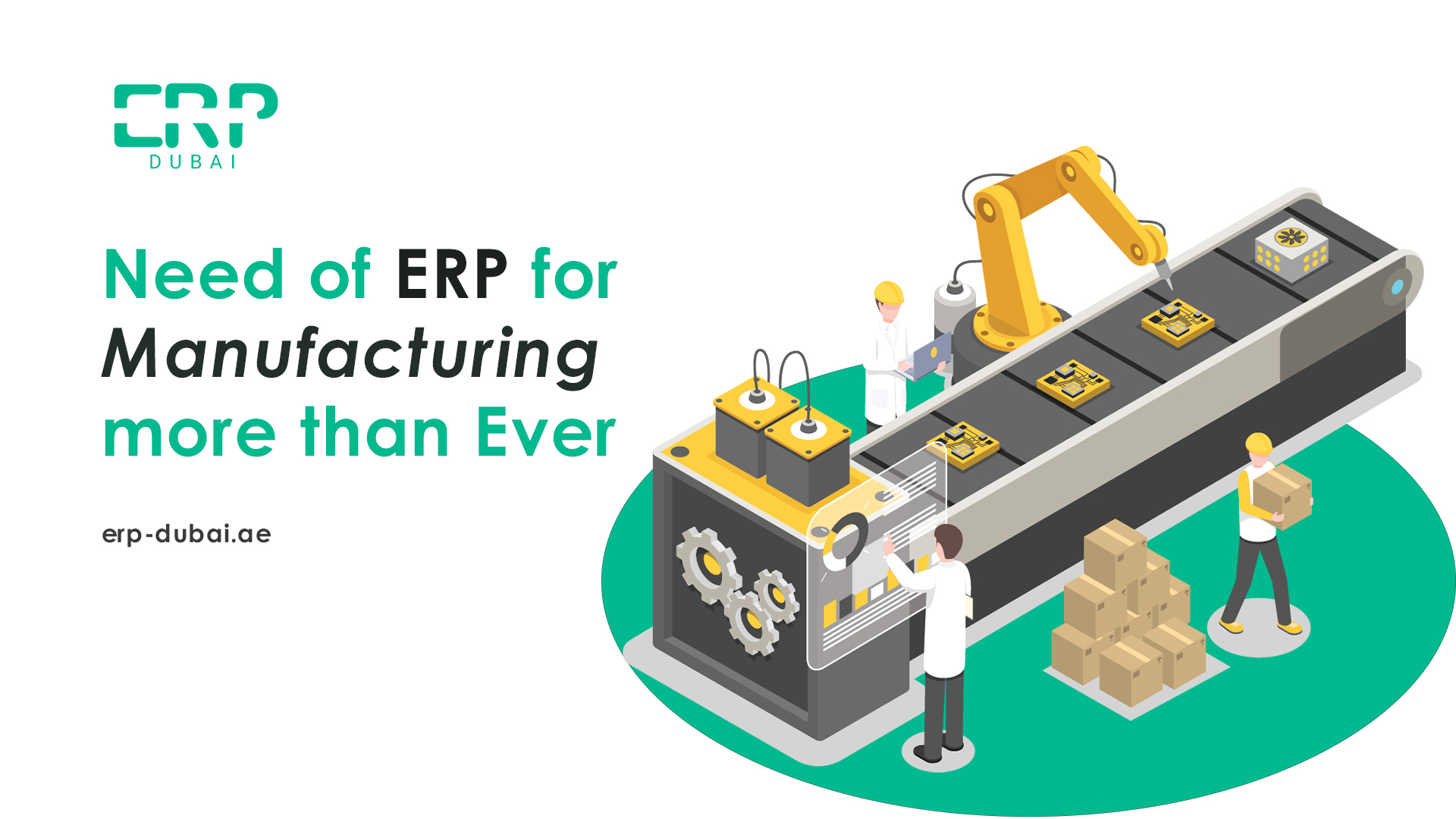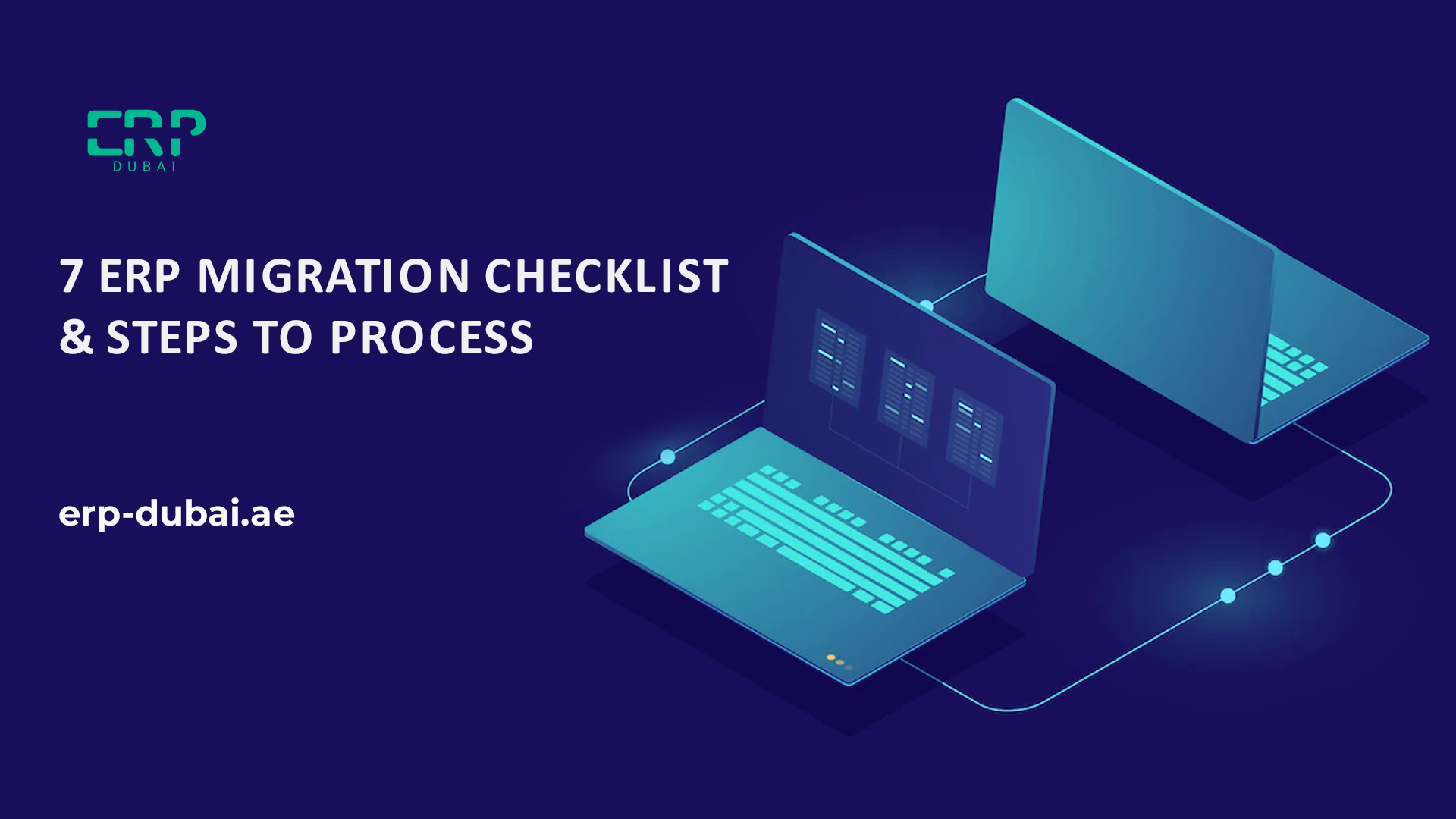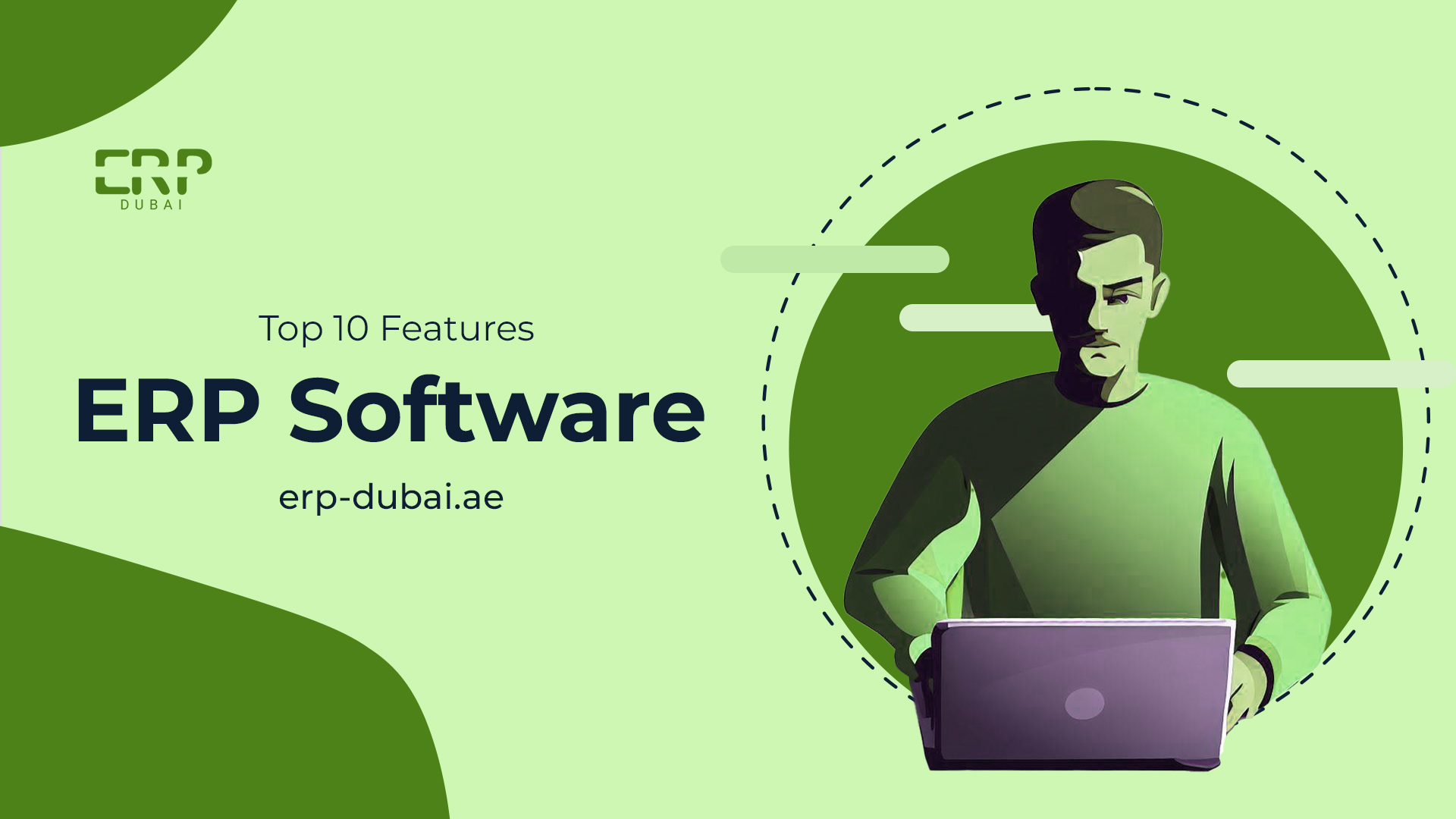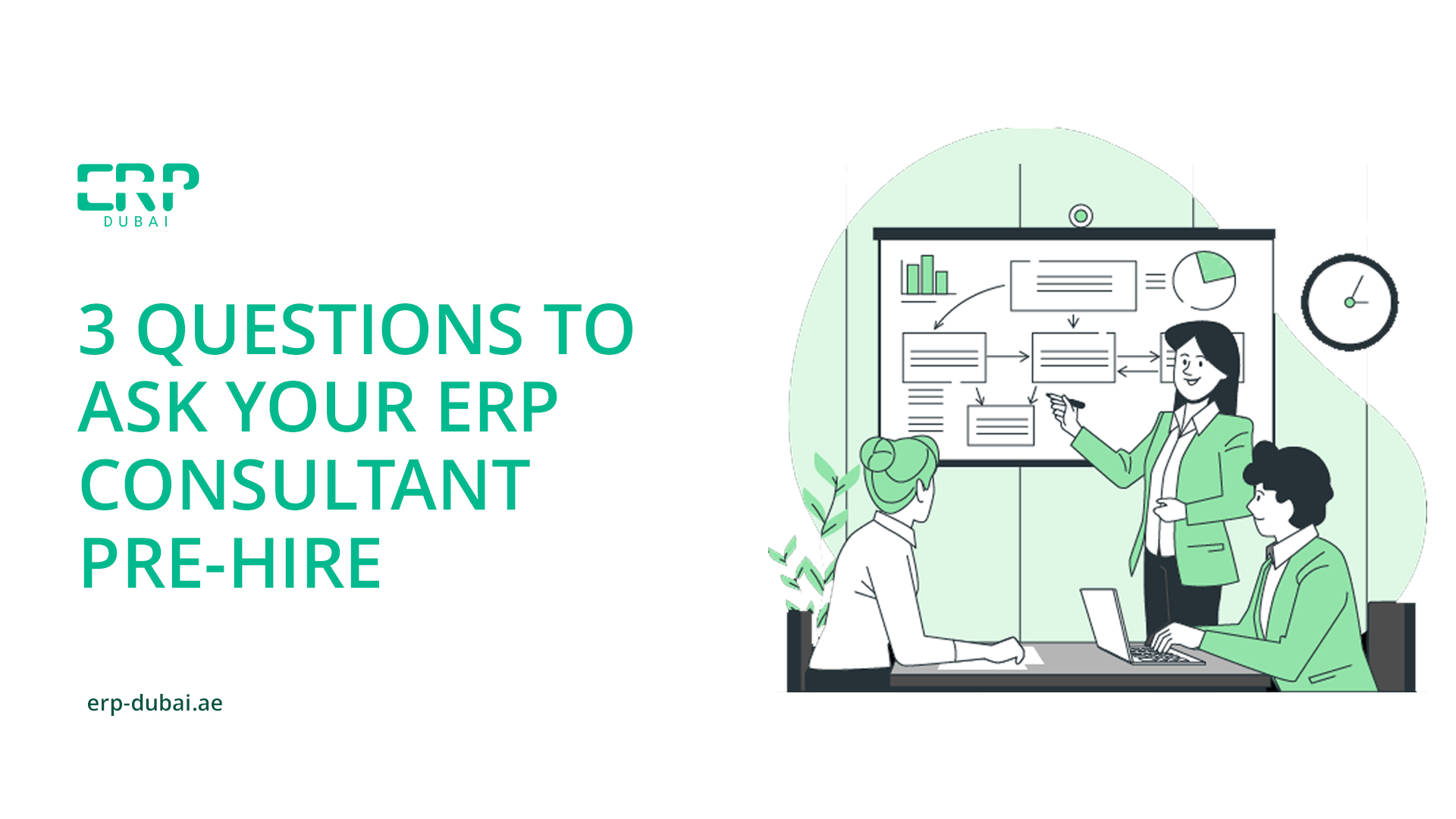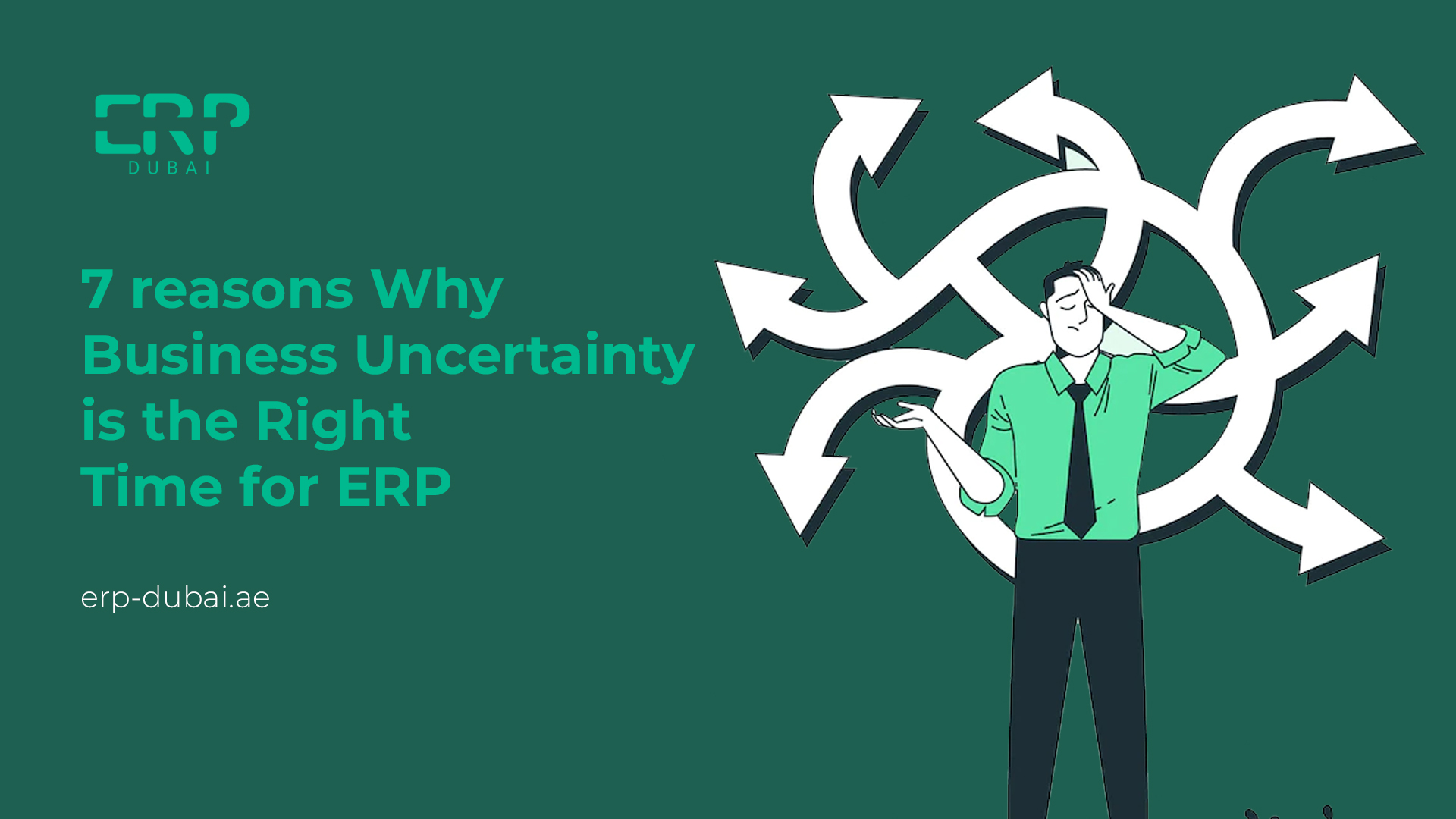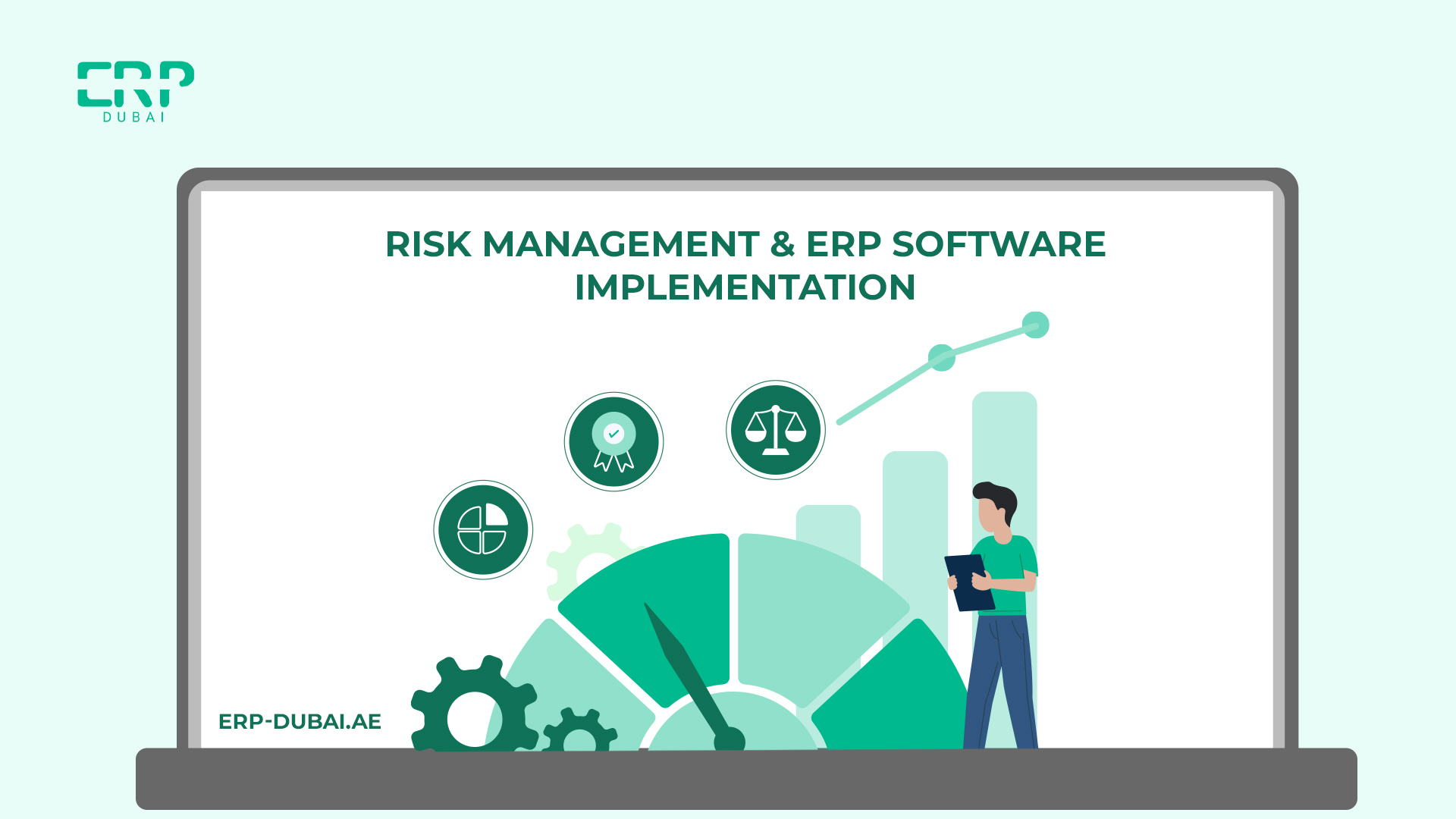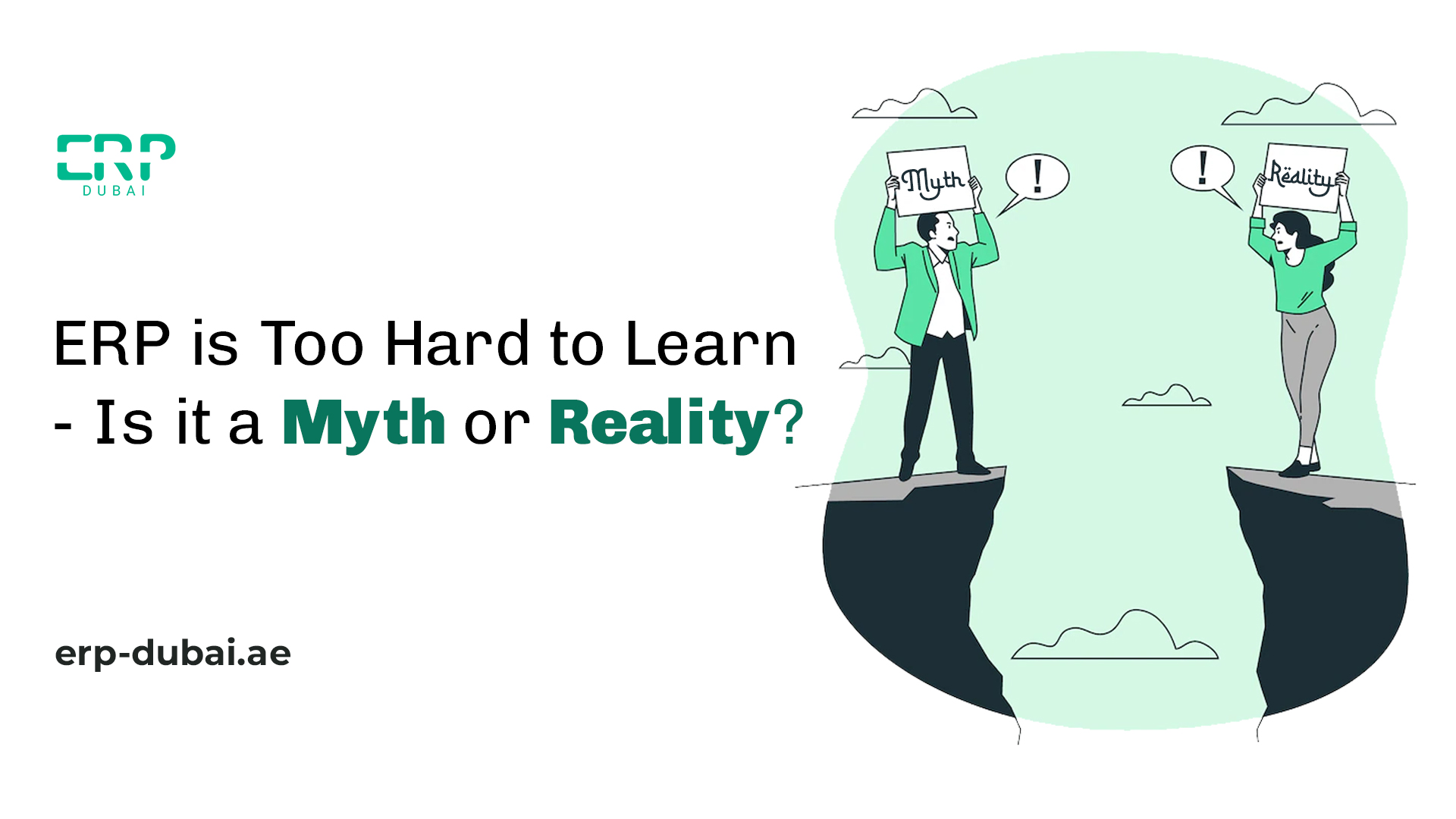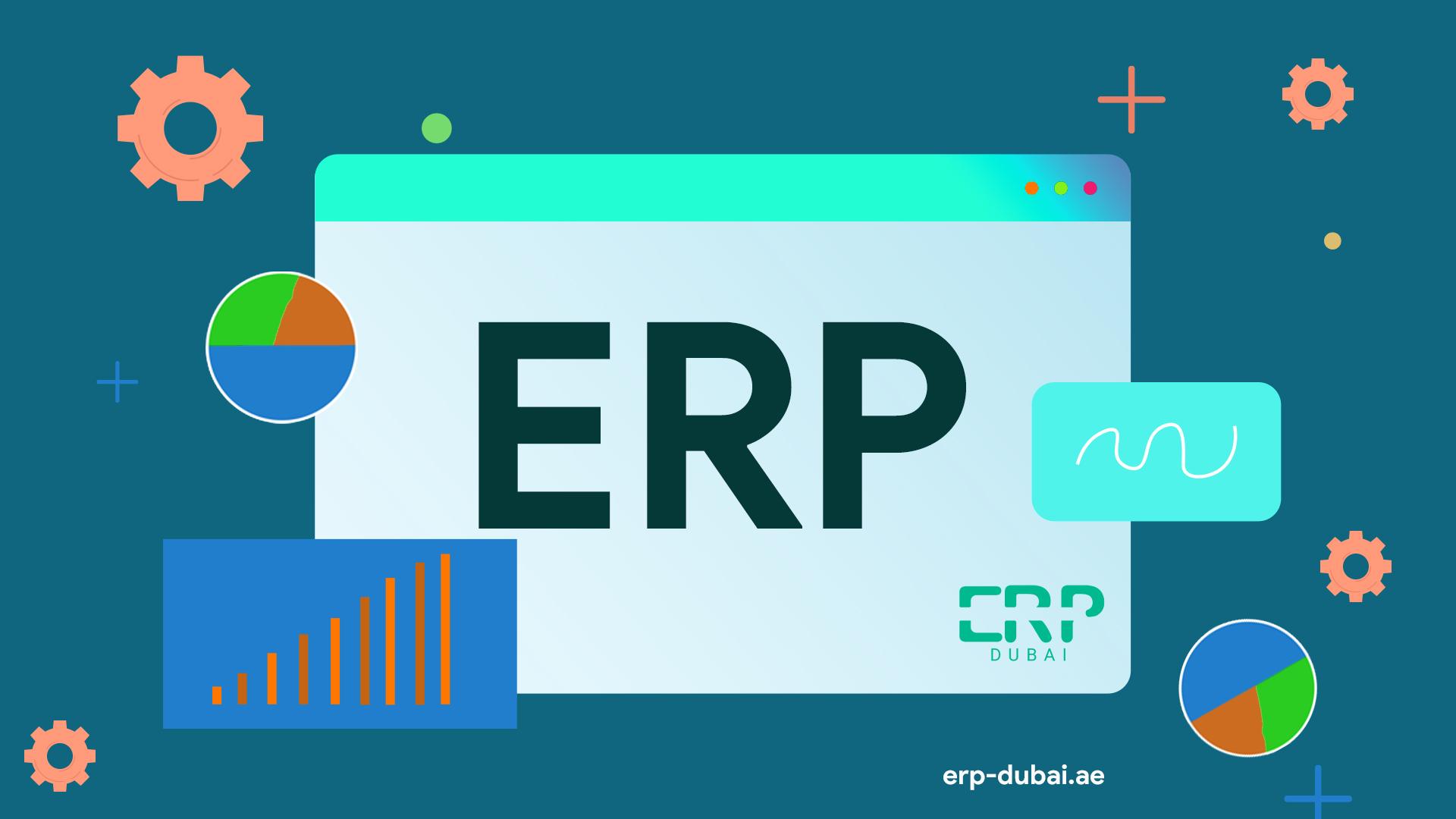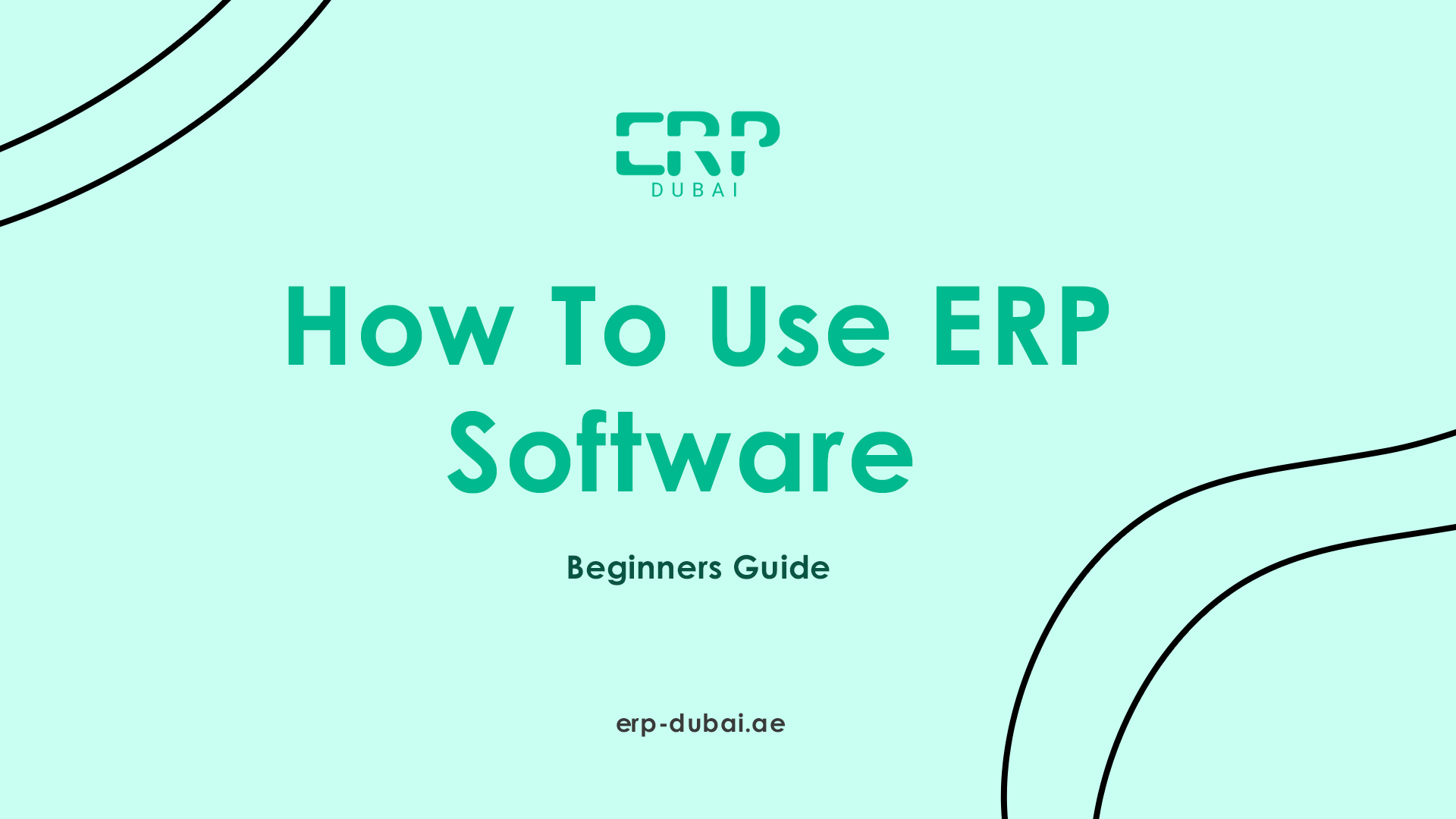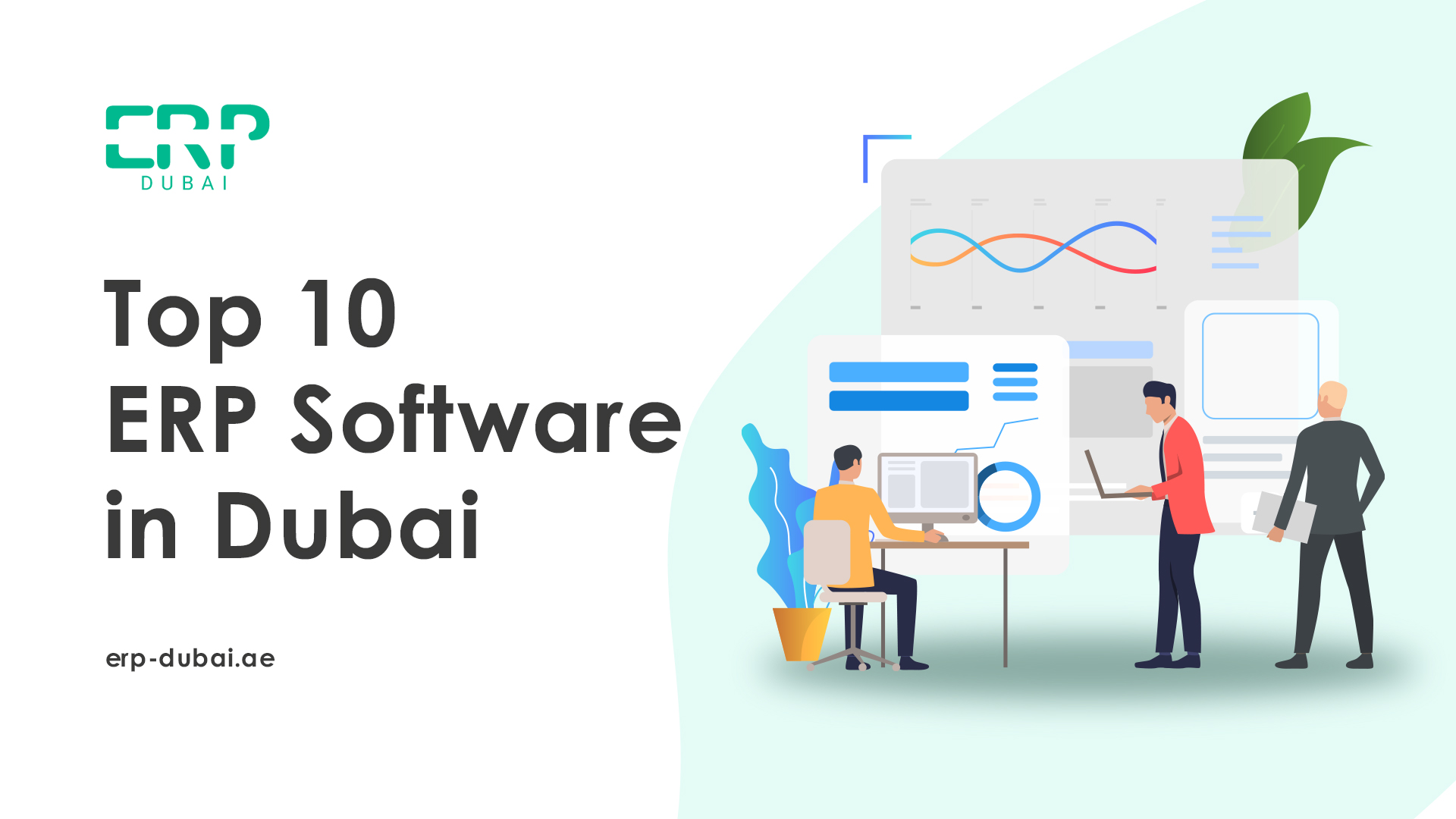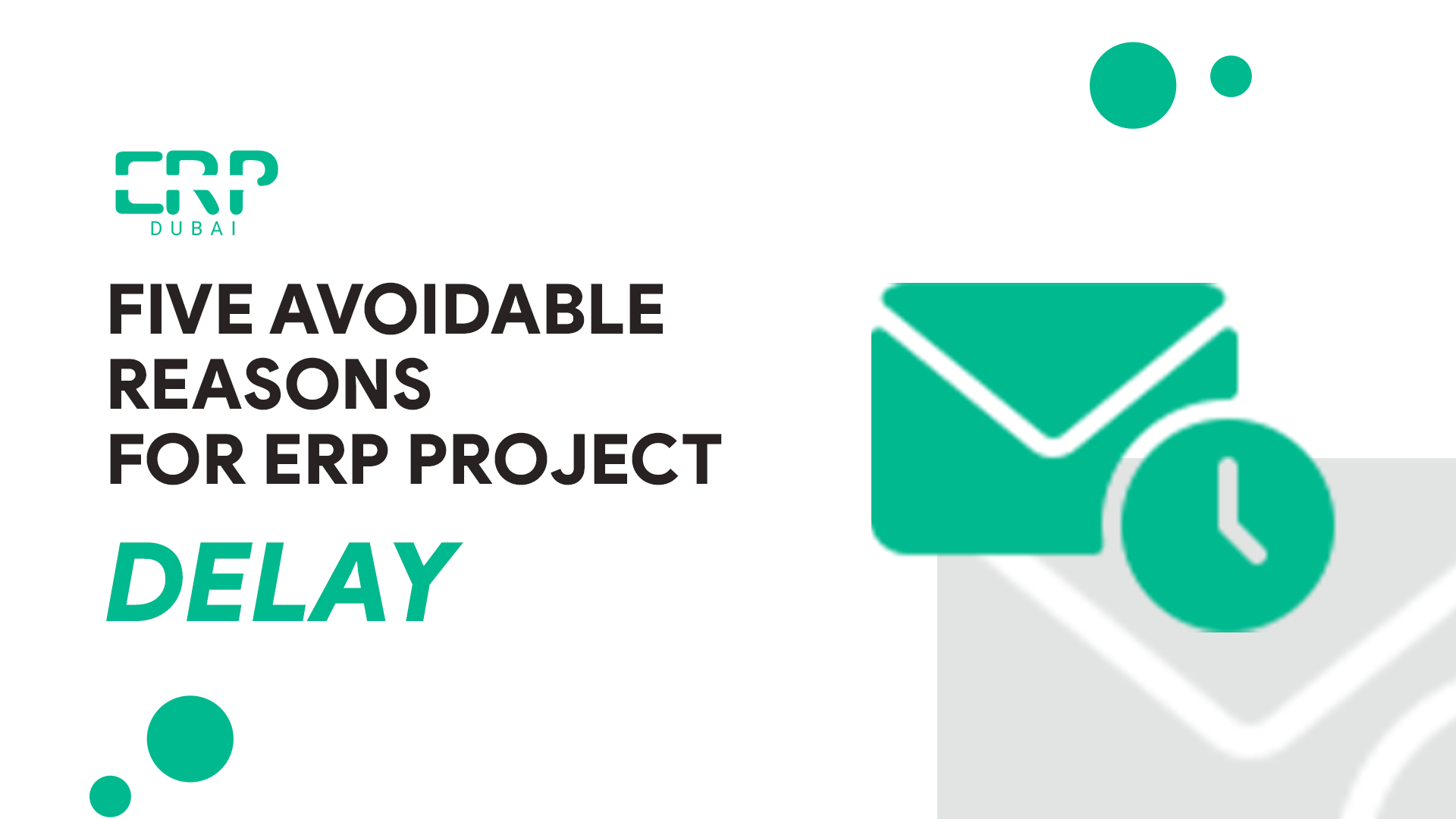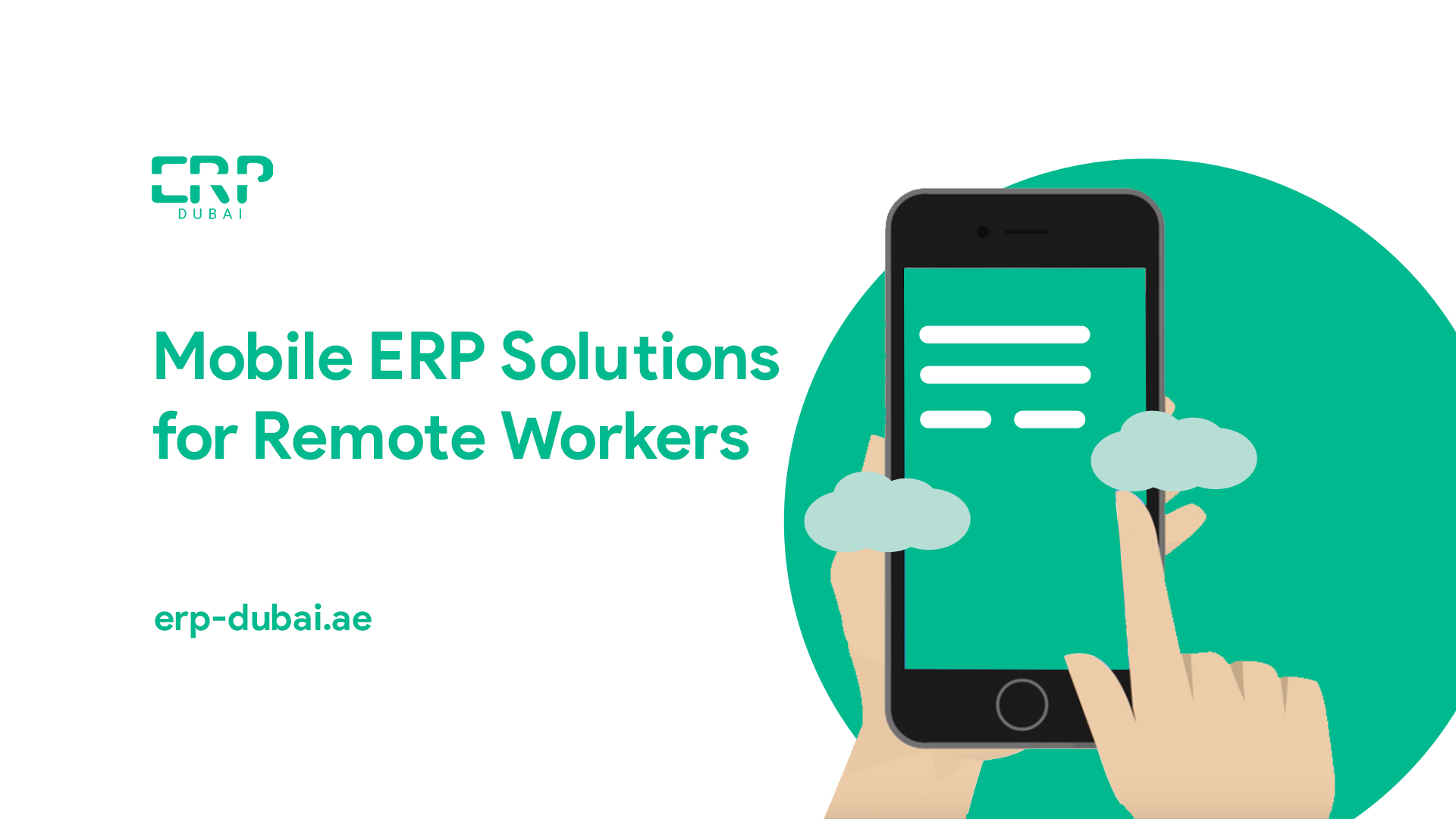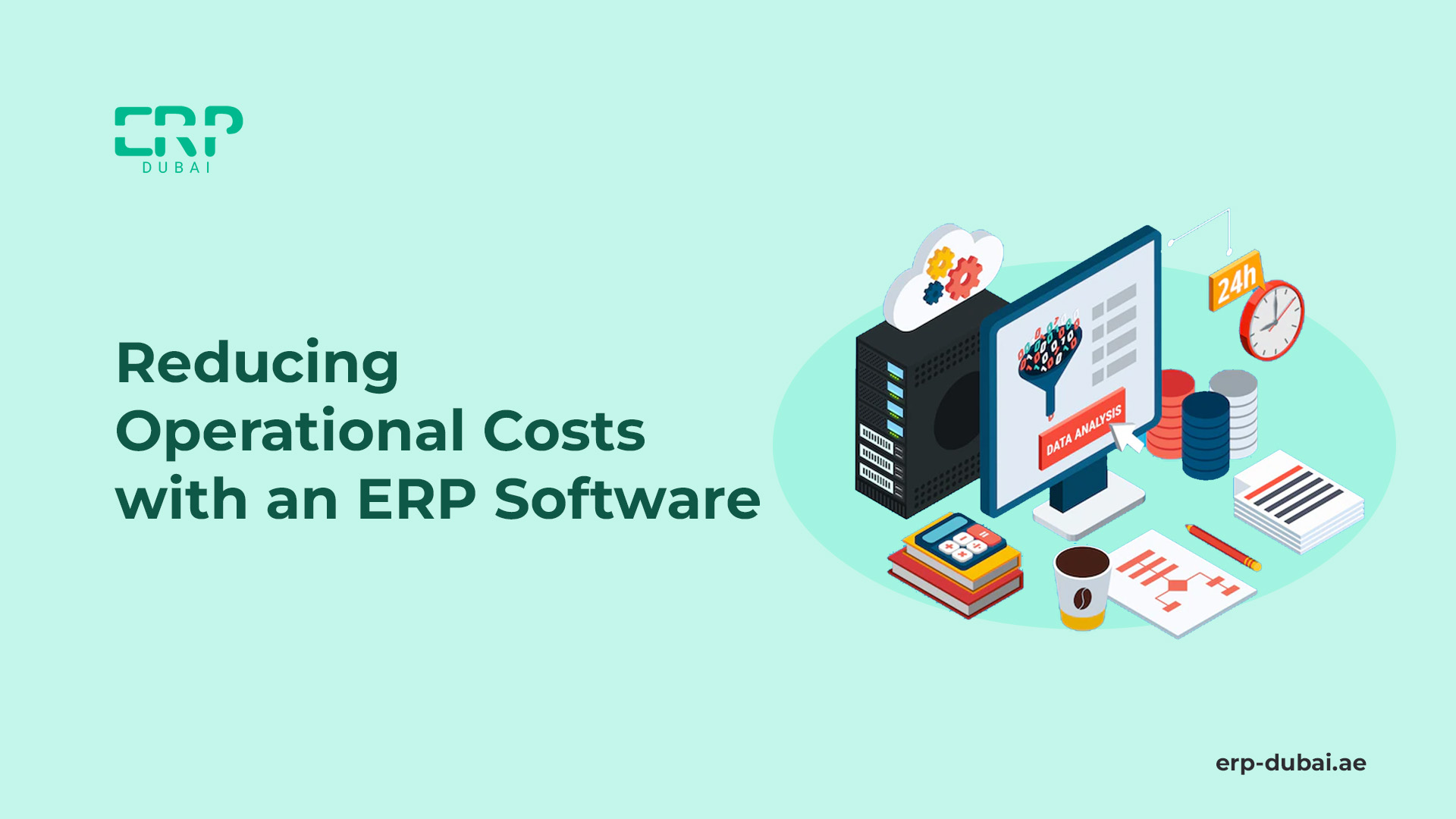No products in the cart.
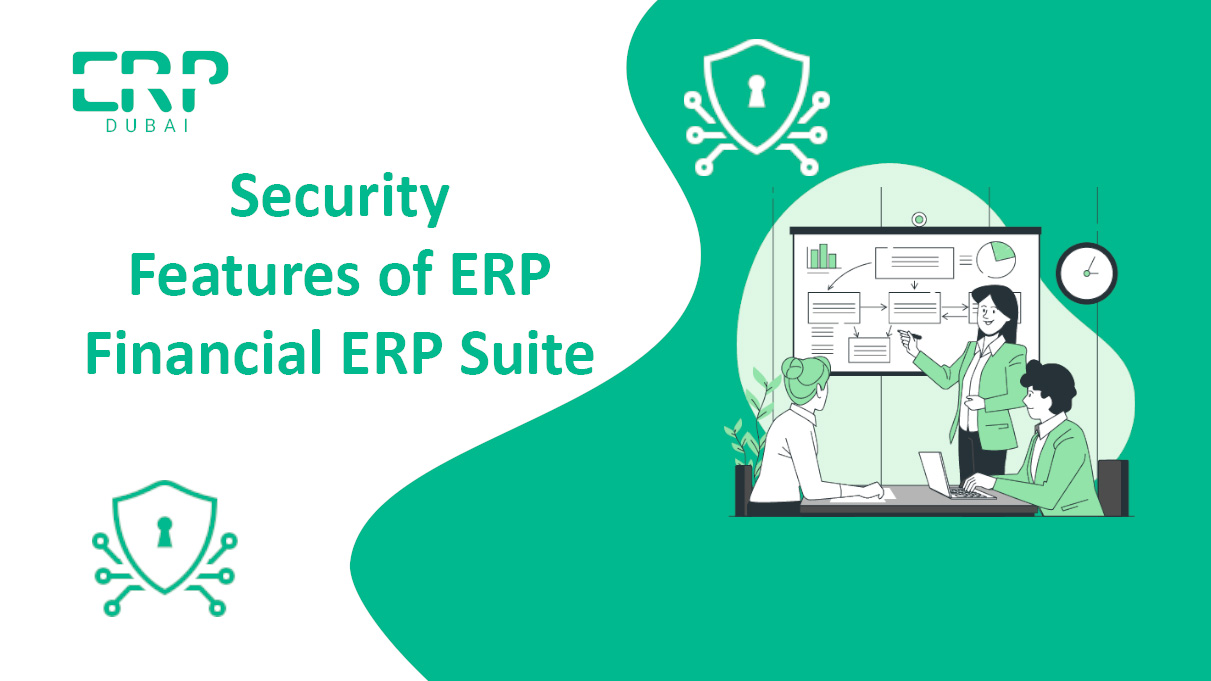
Security Features of ERP Financial ERP Suite
When it comes to the financial features of ERP suites, security is a top priority. After all, these systems are responsible for handling sensitive customer and company data that must be protected from malicious actors. But what kind of security features should such a suite offer? From authentication methods to access control and more, you’ll get an in-depth understanding of what makes the financial features of ERP suite truly safe and secure in the following blog.
Security Features of ERP Financial ERP Suite
When it comes to the financial features of ERP suites, security is of the utmost importance. After all, these suites are responsible for handling sensitive information and data. So, what kind of security features should the financial features of ERP suite offer? Here are four must-haves:
- Data encryption: All data should be encrypted, both in transit and at rest. This will help protect it from being accessed by unauthorized individuals.
- User authentication: There should be multiple levels of user authentication, such as passwords, PINs, and/or biometrics. This will ensure that only authorized users can access the system and data.
- Role-based access control: Access to system features and data should be based on users’ roles (e.g., finance manager, accounts payable clerk, etc.). This will help prevent unauthorized access and ensure that only those with the appropriate permissions can perform certain actions.
- Audit logs: Audit logs should be maintained for all system activity. This will provide a valuable record of what has been done in the system, by whom, and when. It can also help identify any potential security issues that may need to be addressed.
User Authentication and Authorization
When it comes to securing the financial features of ERP suite, user authentication and authorization are two of the most important features to look for. User authentication ensures that only authorized users can access the system, while authorization controls what users can do within the system.
There are a few different ways to authenticate users, such as through username and password, biometric data, or even an electronic key. Once users have authentication, they can get the authority to perform certain actions within the best ERP system. This may include accessing certain data, running reports, or making changes to settings.
Financial features of ERP suites should offer multiple layers of security, including user authentication and authorization. By ensuring that only authorized users can access the system and control what they can do within it, you can help keep your data safe from unauthorized access and misuse.
Data Encryption and Data Protection
When it comes to the financial features of ERP suites, data encryption and data protection are two of the most important security features to look for. With data encryption, your sensitive financial information turns into code where decryption by users with authority is the only way. This ensures the best ERP system data safety. Data protection, on the other hand, ensures that your best ERP system has backup and can be in restoration in the event of a disaster. This way, you can rest assured that your financial information is always safe and accessible.
Testing for Penetration
Penetration testing, a type of ethical hacking, examines the software security of a corporation by initiating fictitious “attacks” in an effort to find exploitable flaws in the best ERP system. These evaluations assist businesses in determining the advantages and disadvantages of their security procedures, legal compliance, staff knowledge, and capability to respond to security events when they occur in the best ERP system. Take a look at the penetration testing they offer or suggest when choosing a software vendor. Some businesses will carry out these checks internally, but hiring a security expert from a different company is an additional choice to think about.
Access Control and Activity Monitoring
Effective financial features of ERP suite should offer robust access control and activity monitoring features to help organizations keep track of who is accessing what information, and when. Access control features should allow administrators to granularly control user access to specific data and functionality within the system, while activity monitoring features should provide visibility into system usage and user activity. Together, these features can help organizations ensure that only users with authority have access to sensitive data. Moreover, all system activity is under strict monitoring for potential security threats.
Performance Tracking
Consistent performance monitoring procedures are a key component in keeping security. Systems for performance monitoring are useful for both on-premises and cloud-based features of ERP security. They give businesses a baseline of trends and peaks, which makes it simpler to precisely recognise anomalous behavior.
In order to track activity and security, performance monitoring systems may continuously monitor and evaluate machine health parameters in real-time in the best ERP system. Network connectivity, memory use, network latency, file integrity, service status, and storage responsiveness. Additionally, database query latency and other metrics are in this list. The best ERP system operating personnel can also receive automated notifications from performance monitoring systems through email or SMS if any of the metrics they monitor start to deviate from the predetermined baseline.
Models of Shared Responsibility
A shared responsibility paradigm, as the name implies, places equal responsibility for security with the end user and the software vendors in the best ERP system. This often indicates that while the provider is in charge of cloud security, the client is in charge of the users who are “in the cloud.” Customers generally handle user management, endpoint security, and device access. As well as managing network configuration, operating system patching, software licensing, networking traffic protection, data encryption, and firewall configuration. Also, other tasks, the provider also handles network administration in the best ERP system.
Continual Backups
Regular backups are in encryption both at rest and in motion while the data is moving. The backup storage should be available from a vendor of financial features of ERP software. Providers will duplicate these backups in several locations for increased security. Also, they’ll verify the data restoration procedure on a regular basis to make sure it’s functioning properly.
Conclusion
In conclusion, having the right security features in place is essential for any financial features of ERP suite. When looking for financial features of ERP suite, you should ensure certain things. Features like strong authentication processes, access control mechanisms, and encryption software. Moreover, data loss prevention solutions in order to keep your business secure from cyber threats in the best ERP system. Additionally, by regularly updates its security protocols as new technologies become available. Also enforcing strict user guidelines within your organization, you can further secure your business’s sensitive data. Moreover, stay ahead of any potential risks that could potentially be detrimental to your company.


